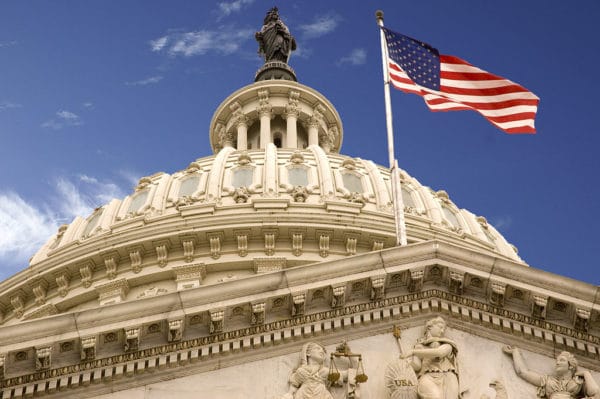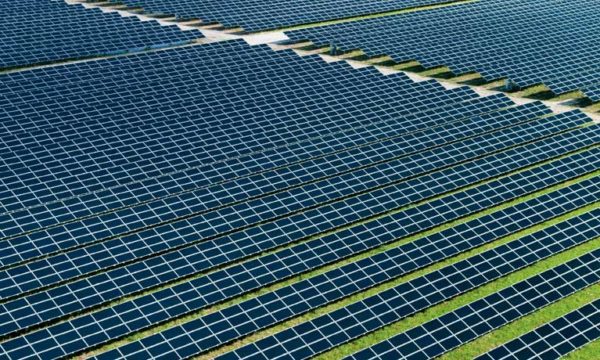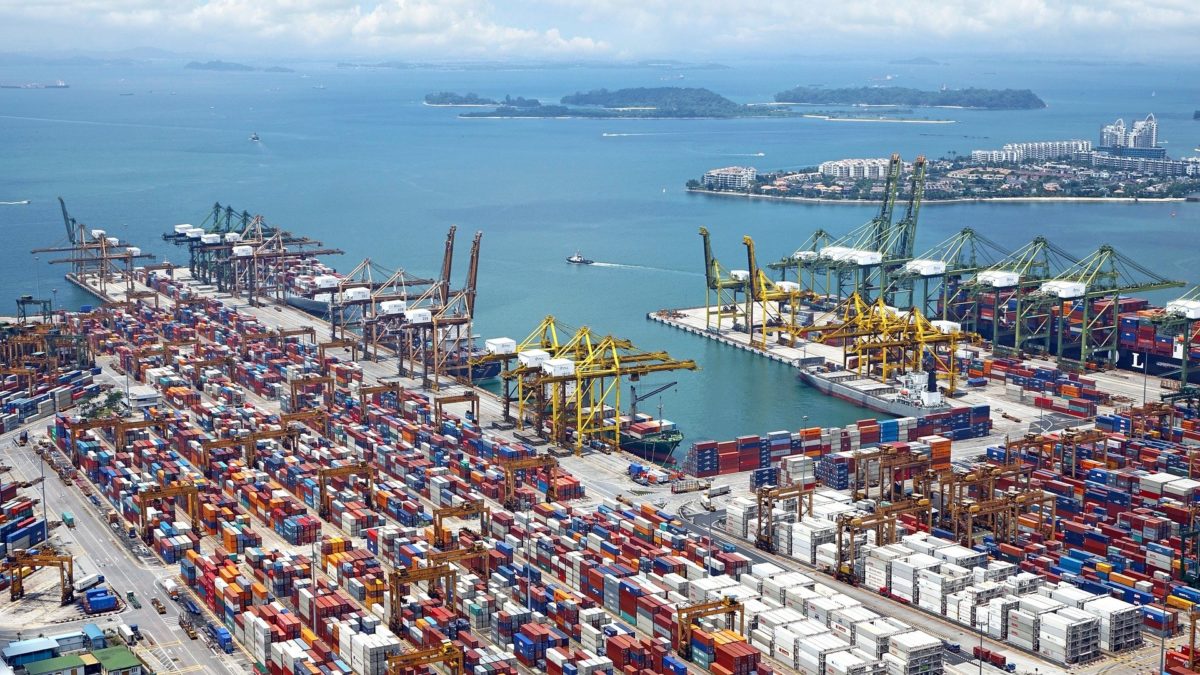Some 175 members of the Solar Energy Industries Association (SEIA) signed a pledge in early February against the use of forced labor in the supply chain.
The industry organization said at the time that it first became aware of the labor issue late in 2020 and began communicating with its members companies that they needed to move their supply chains out of the Xinjiang region of China where the forced labor allegations were focused.
In an interview at the time with pv magazine, SEIA president and CEO Abigail Ross Hopper said that the trade group’s expectations were that companies would set up new factories and repurpose facilities in other parts of China, or rely on production from other nations.
“The reality is that companies will start to lose business if they do not make these changes,” she said in the interview, adding that “we think that the shift will happen by the end of June.”

Image: SEIA
Ross Hopper told pv magazine, “There is an urgency to this that companies understand” and that by the end of June, companies “will have had seven-plus months to make these changes.”
Now, as June draws to a close, pv magazine followed up with SEIA to learn how well the domestic solar industry has met the goal Ross Hopper laid out in February.
‘We don’t know’
In response to an email, John Smirnow, general counsel and vice president of market strategy said, “We don’t know and we may not know” the percentage of the industry that has shifted its supply chain. Based on what SEIA has heard from the U.S. government and from customers, “most of the major suppliers have found sources of polysilicon outside of Xinjiang,” he said.
In addition, SEIA has been in “close contact” with companies and has a “strong sense” that the largest suppliers are using SEIA’s newly issued supply chain protocol or adapting it to their own needs and are moving supply chains, he said.
Growing pressure
In May, in response to a question during a House Foreign Affairs Committee hearing, the Biden administration’s climate envoy John Kerry confirmed that the administration is considering introducing additional sanctions on China that could affect the solar industry. In a story published June 21, the Politico news web site reported that the administration is considering an outright ban on polysilicon from the region.
Mark D. Herlach, a partner in the Washington, D.C. law firm Eversheds Sutherland said in an interview that any sanctions could be calibrated and may well depend on the amount of political pressure directed toward the administration.
In a note to clients, the firm said that possible sanctions could have implications on purchasers of panels. Implications could include direct legal jeopardy, financing challenges, supply chain disruptions, and reputational risk. The note said that reputational concerns, for example, have led major brands such as Calvin Klein, Gap, H&M, IKEA, Patagonia, and Tommy Hilfiger to stop buying cotton sourced from Xinjiang.
Adding to pressure on the Biden administration, members of the U.S. House Ways and Means Committee sent a letter urging customs officials to “immediately take aggressive enforcement actions” regarding polysilicon products entering the United States from Xinjiang, China. The letter to acting U.S. Customs and Border Protection commissioner Troy Miller was dated June 10 and was signed by two dozen members of the congressional tax writing committee.

Image: Wikimedia Commons/David Maiolo
The letter complained that the agency has been slow in following up on forced labor allegations and “has yet to take a single enforcement action.” It said that customs officials had received allegations in late 2020 and suggested “imminent enforcement action” three months ago. “We believe it is time to act,” the letter said.
Tracking tool
In late April, SEIA released the supply chain tracking tool that it said would increase transparency and help ensure that solar components are made ethically throughout the solar value chain.
The Solar Supply Chain Traceability Protocol is a set of guidelines intended to help solar companies meet compliance obligations and “provide customers with assurances that their solar products are free of unethical labor practices.”
“Solar customers expect their products to be ethically produced, and this protocol helps ensure that solar products coming into the United States are not made using forced labor,” said Smirnow on releasing the tool.

The protocol is a set of recommended best practices that SEIA said is designed to prevent forced labor in the solar supply chain; help companies meet their U.S. import compliance obligations; and provide customers value chain transparency. SEIA said the tool was structured as an industry specification or de facto standard, with the expectation that it will be further developed into a formal industry standard.
The protocol includes an audit mechanism intended to measure a company’s implementation and compliance. SEIA said that auditors would assess conformance.
Companies with global supply chains typically have compliance officers whose job it is to ensure that a myriad of U.S. and international trade agreements, import restrictions, and related requirements are adhered to. A similar ramp-up in compliance monitoring could be in store for the solar industry.
In the email to pv magazine, Smirnow said that after the third-party audits are completed, “we’ll have a better sense of the level at which companies are successfully implementing the protocol.”
He expressed confidence that companies will be able to demonstrate to customs officials and customers that they are not using forced labor, “but those companies may not make all of their information public.”
Cost impact?
Also in her February interview, Ross Hopper told pv magazine that supply contracts may need to be renegotiated, but offered “I don’t think it’s going to have a huge impact on cost.”
Four months later, Smornow said that, as with other sectors of the economy, “there are cost increases” associated with logistical challenges around the globe. With regard to logistical costs of moving poly production, “there is nothing unique about the shift of polysilicon capacity” from conflict regions within China.
He said that extra production capacity is being added in other parts of China, India, Malaysia, Europe, and the United States. One source contacted by pv magazine said that supply chains can take years to establish, especially considering the capital needed to set up and establish alternative sources of basic supplies.
In early June, First Solar said it would invest $680 million to expand its domestic U.S. photovoltaic solar manufacturing capacity by 3.3 GW annually. The facility would increase the company’s northwest Ohio footprint to a total annual capacity of 6 GWdc, which it said represents one of the largest fully vertically integrated solar manufacturing complexes outside of China.

Image: First Solar
Price pressures and delivery delays
Higher commodity prices and delivery delays are beginning to affect portions of the U.S. solar industry, according to SEIA and Wood Mackenzie in their Solar Market Insight Report for the first quarter, published in mid-June.
The report said the most significant impact of the current supply environment is on utility-scale projects that are under development. Developers are approaching off-takers to renegotiate their power purchase agreements (PPA) in an effort to increase prices or relax in-service dates.
The report said that, so far, efforts to increase PPA prices on existing contracts “have not been very successful in a hyper-competitive market.”
The report said the price of steel has more than doubled since the pandemic began. This has led to increased prices and lowered availability of solar racking equipment and trackers. Here, too, this has mostly affected utility-scale solar projects but has also impacted carport installations, which require more steel support structures than other solar projects.
Equity research firm Roth Capital Advisors warned clients in a May 16 research note that current price pressures could delay as much as 15% of planned 2021 utility scale solar development.
This content is protected by copyright and may not be reused. If you want to cooperate with us and would like to reuse some of our content, please contact: editors@pv-magazine.com.









By submitting this form you agree to pv magazine using your data for the purposes of publishing your comment.
Your personal data will only be disclosed or otherwise transmitted to third parties for the purposes of spam filtering or if this is necessary for technical maintenance of the website. Any other transfer to third parties will not take place unless this is justified on the basis of applicable data protection regulations or if pv magazine is legally obliged to do so.
You may revoke this consent at any time with effect for the future, in which case your personal data will be deleted immediately. Otherwise, your data will be deleted if pv magazine has processed your request or the purpose of data storage is fulfilled.
Further information on data privacy can be found in our Data Protection Policy.